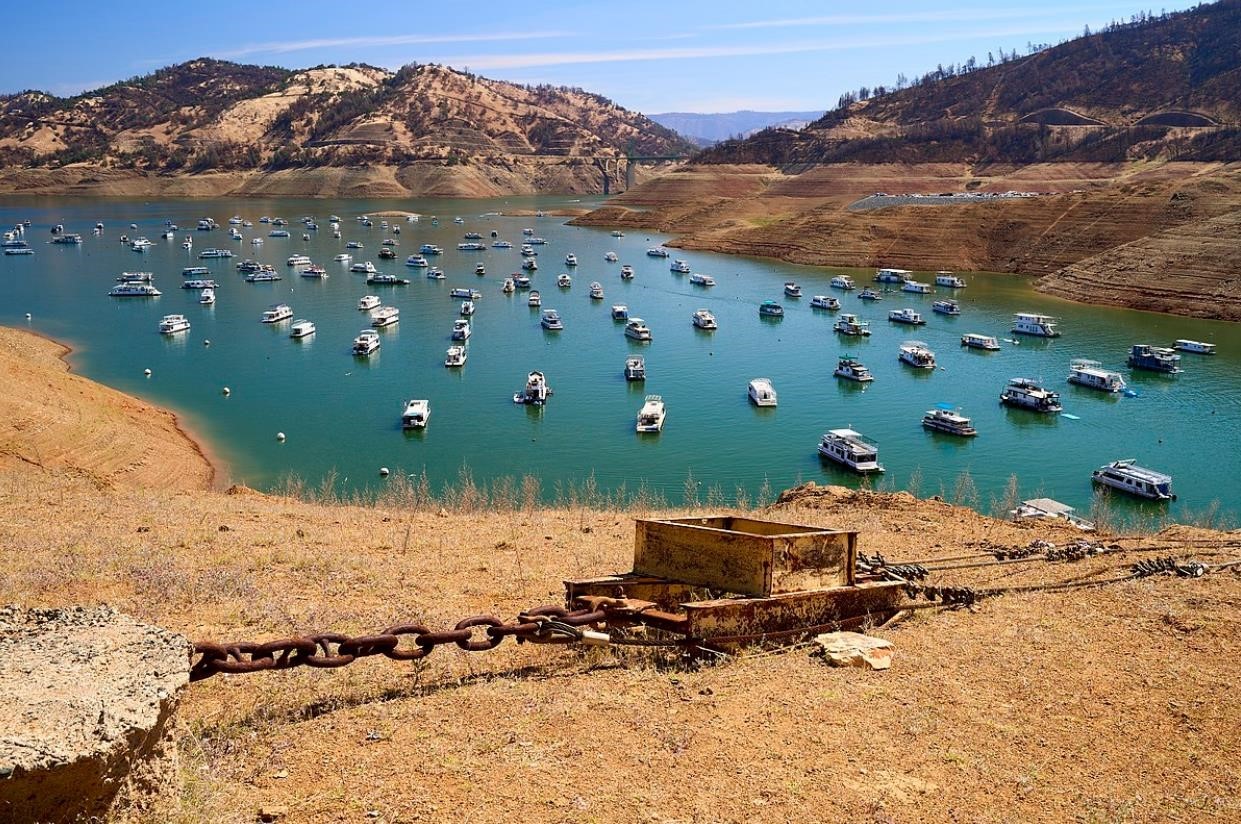In many parts of the world, it has long been a struggle to provide a safe, dependable freshwater supply. Sometimes the problem is water availability, with too many people pulling from too small a resource. But in other cases, the problem is water quality, with an insufficient infrastructure to remove pollutants that make water unsafe for human consumption. Often these issues occur together, with insufficient financial and political support to make the changes necessary to solve the problem. As a result, currently, an estimated 1.6 billion people do not have adequate access to this basic element, with water scarcity impacting public health, food production, economic development, and global security (United Nations, 2021).
Economic growth and industrialization often lead to contaminated surface and groundwater supplies. But perhaps of greatest concern is the additional stress that climate change places on this valuable resource. In many parts of the world, droughts are becoming more frequent and more severe, making water scarcity a critical issue for both ecosystems and the human populations they support.
In this unit we will evaluate solutions to help small communities in California meet their current water demands without ongoing access to supplies from the dwindling Colorado River.

The Problem
One important factor affecting western US water supplies is the status of the Colorado River, which provides water for 40 million residents in western states.
But widespread drought and a dwindling water supply led states relying on the Colorado River to negotiate a new plan in 2019 to deal with water shortages that are triggered when water levels in key reservoirs like Lake Mead (Figure 7.3) drop.
By March, 2022, the water level in Lake Powell, a major reservoir on the Colorado, dropped below a critical threshold that threatens the ability of the Glen Canyon dam to generate power.
Faced with diminishing supplies (estimated to be able to provide 302 L per Californian /day in April 2022) from both the Colorado River system and its own reservoirs and unable to continue to meet the historic demands of 473 L per person /day, California water managers declared a State of Emergency with some local residents put under emergency mandatory water use restrictions.
The Role of Climate Change
Few issues are more directly linked to climate change than water supply availability.
Warmer temperatures also mean less snowfall, which leaves less water available in local reservoirs later in the season when water demand is highest.
Not only will saltwater intrusion threaten coastal groundwater supplies, but a rising sea level will threaten the Sacramento–San Joaquin Delta, a critical part of the California water supply system and the source of water for 25 million residents.
Major dams are projected to be five times more likely to flood this century than last, increasing the risk of catastrophic failures.
Solutions
The western US has had extensive experience conserving available water supplies. In many areas, new homes being built are routinely required to install low-flow toilets and other fixtures, utilize natural desert landscaping, use drip irrigation and grey water reclamation, and capture rainwater for domestic use.
At the municipal level, towns have used xeriscaping in public areas and restricted such activities as car washing and watering lawns.
Removing salt from ocean water to produce potable fresh water has become a commonly used approach in areas with limited freshwater supplies.
In both cases, the resulting water is termed reused.
While much of the focus in California has been on large dams and reservoir projects, like the proposed 1.8 million acre-foot Sites Reservoir to be built at a cost of about $5 billion, the state has a number of very small water supply reservoirs.
Groundwater levels are now monitored and managed, with current conditions published by the California Department of Water Resources (Figure 7.8).
Build Your Foundational Knowledge
Water supply reservoir:
Desalination plant:
Thirsty? How ‘bout a cool, refreshing cup of sea water
Water reuse:
Potable Reuse 101: An innovative and sustainable water supply solution
Solutions
1.3.1 Small Group Guided Worksheets
Additional sources:
Water supply reservoir: Small water reservoirs – Sources of water or problems?
Desalination plant: Five things to know about desalinization
Potable water reuse: 2017 Potable Reuse Compendium (epa.gov) (Chapter 1)